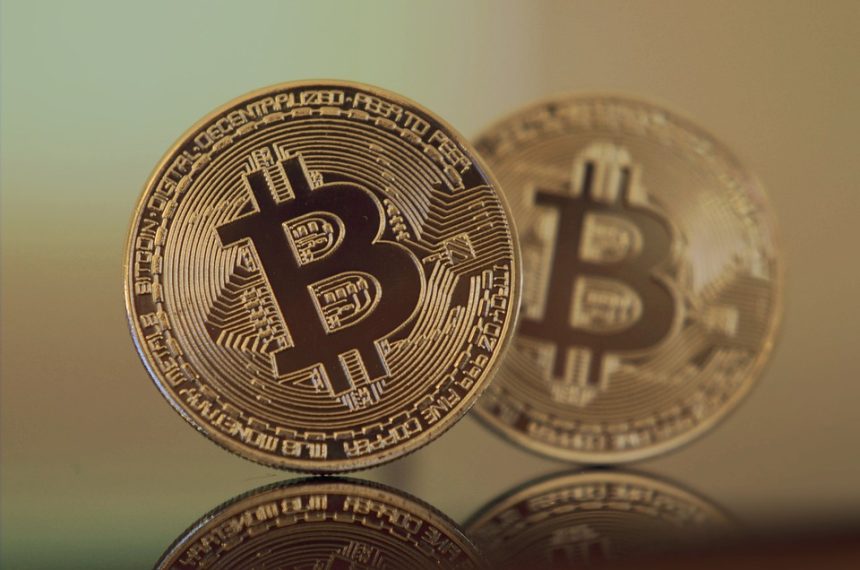As the world of cryptocurrency continues to gain momentum, the importance of a secure crypto wallet cannot be overstated. Whether you’re a seasoned investor or a newcomer to the realm of digital assets, understanding how to set up and manage your crypto wallet is pivotal in ensuring the safety of your investments. Below are some essential tips and tricks to help you get started on the right foot.
1. Choose the Right Type of Wallet
Crypto wallets come in different forms, and each has its advantages and disadvantages. The main types are:
-
Hot Wallets: These are connected to the internet and are generally more user-friendly. Ideal for frequent trading, they include mobile apps and web wallets but are more vulnerable to hacks.
-
Cold Wallets: Offline wallets, such as hardware wallets and paper wallets, provide enhanced security by keeping your private keys disconnected from the internet. They are best suited for long-term storage but can be less convenient for regular trades.
- Hybrid Wallets: Some wallets offer a middle-ground solution, balancing between the convenience of hot wallets and the security of cold wallets.
Before setting up your wallet, assess your crypto investment strategy and determine which type suits your needs best.
2. Research Reputable Wallet Providers
Once you’ve chosen the type of wallet, it’s crucial to find a reliable provider. Look for wallets with:
- A strong reputation within the crypto community
- Positive user reviews
- Multi-factor authentication for added security
- Regular security updates and patches
- Good customer support in case of issues
Some well-known wallet options include Ledger and Trezor for hardware wallets, and Exodus and MetaMask for software wallets.
3. Create Strong Credentials
Creating strong credentials is your first line of defense against unauthorized access. When setting up your wallet:
- Use a complex password that combines upper and lowercase letters, numbers, and symbols.
- Do not reuse passwords from other services.
- Consider using a password manager to help you generate and store unique passwords.
4. Enable Two-Factor Authentication (2FA)
To enhance the security of your wallet, enable two-factor authentication (2FA) whenever possible. This adds an additional layer of protection by requiring verification via a text message, authentication app, or email, making it significantly more difficult for hackers to access your account.
5. Secure Your Private Key
Your private key is crucial for accessing and managing your cryptocurrency. Treat it like a high-value item:
- Never share your private key with anyone.
- Store it securely, preferably in a physical format if using a paper wallet, or within a hardware wallet.
- If using a software wallet, choose one that encrypts your private key.
6. Backup Your Wallet
Regular backups can prevent the loss of your funds in case of hardware failure or theft. Make sure to:
- Create backups of your wallet periodically.
- Store backup copies in secure locations, such as a safe or safety deposit box.
- Use encrypted USB drives or cloud services with good security measures for digital backups.
7. Be Wary of Phishing Attacks
Phishing scams have become increasingly common in the crypto world. To protect yourself:
- Avoid clicking on links from unknown sources, especially in emails or messages claiming to be from wallet providers or exchanges.
- Always verify the website URL before entering any information.
- Use bookmarks for frequently visited sites to prevent typos or fake clones.
8. Stay Informed
The cryptocurrency space is constantly evolving, including threats and security measures. To stay safe:
- Follow reputable crypto news sources and communities to keep informed about the latest security practices.
- Regularly update your wallet and any associated applications to their latest versions, which often include security patches.
9. Use Multi-Signature Wallets for Additional Security
For those holding significant amounts of cryptocurrency or managing funds for a group, consider using a multi-signature wallet. This requires multiple private keys to authorize a transaction, adding an extra layer of security. It’s particularly useful for business partnerships or communal funds.
10. Trust Your Instincts
Lastly, always trust your instincts. If something seems off—whether it’s an unsolicited request for information or a transaction that’s outside your norm—take a step back. Security in the crypto world relies heavily on individual vigilance.
Conclusion
Setting up your crypto wallet is an essential step toward safely navigating the cryptocurrency landscape. By following these tips and tricks, you can significantly enhance your wallet’s security and protect your digital assets from potential threats. The journey into the world of cryptocurrency can be rewarding, but it’s crucial to approach it with caution and awareness. Take the time to educate yourself and stay safe!





